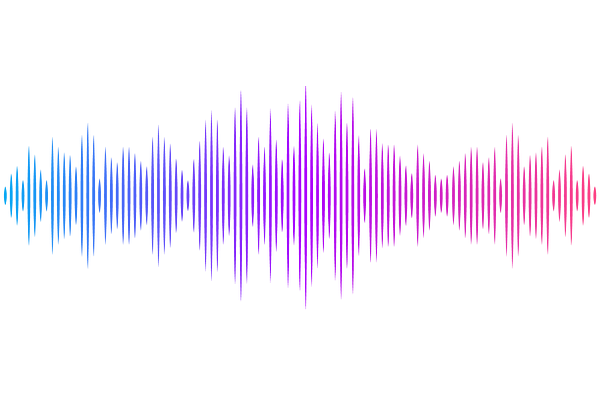Coronal Magnetometry with EUV Permitted Lines

Coronal Magnetometry with EUV Permitted Lines
Nataliia G. Shchukina, Javier Trujillo Bueno, Supriya Hebbur Dayananda, Rafael Manso Sainz, Andrii V. Sukhorukov
AbstractA major challenge in solar physics is to obtain empirical information on the magnetic field of the million-degree plasma of the solar corona. To this end, we need observables of the solar radiation sensitive to the coronal magnetic field. The most familiar observables are the polarization signals of visible and near-infrared forbidden lines of highly ionized species and some ultraviolet permitted lines, like hydrogen Lyman-{\alpha}. While the coronal radiation in these spectral lines can only be detected for off-limb line of sights, the coronal radiation from permitted extreme ultraviolet (EUV) lines can be observed also on the solar disk. These coronal lines are mainly collisionally excited, but it has been pointed out that some permitted EUV lines can actually be linearly polarized if their lower level carries atomic alignment, and that their linear polarization is sensitive to the orientation of the coronal magnetic field (see Manso Sainz & Trujillo Bueno 2009). Here we theoretically investigate the linear polarization in permitted EUV lines of a variety of ions: Fe X, Fe XI, Fe XIII, Fe XIV, Si IX, and Si X. To this end, we have developed a numerical code, which we have applied to investigate the linear polarization and magnetic sensitivity of many permitted EUV lines in a one-dimensional model of the solar corona, providing a list of the most promising lines to be further investigated for polarimetry with future space telescopes. Our next step will be to extend this work by using state-of-the-art three-dimensional coronal models.